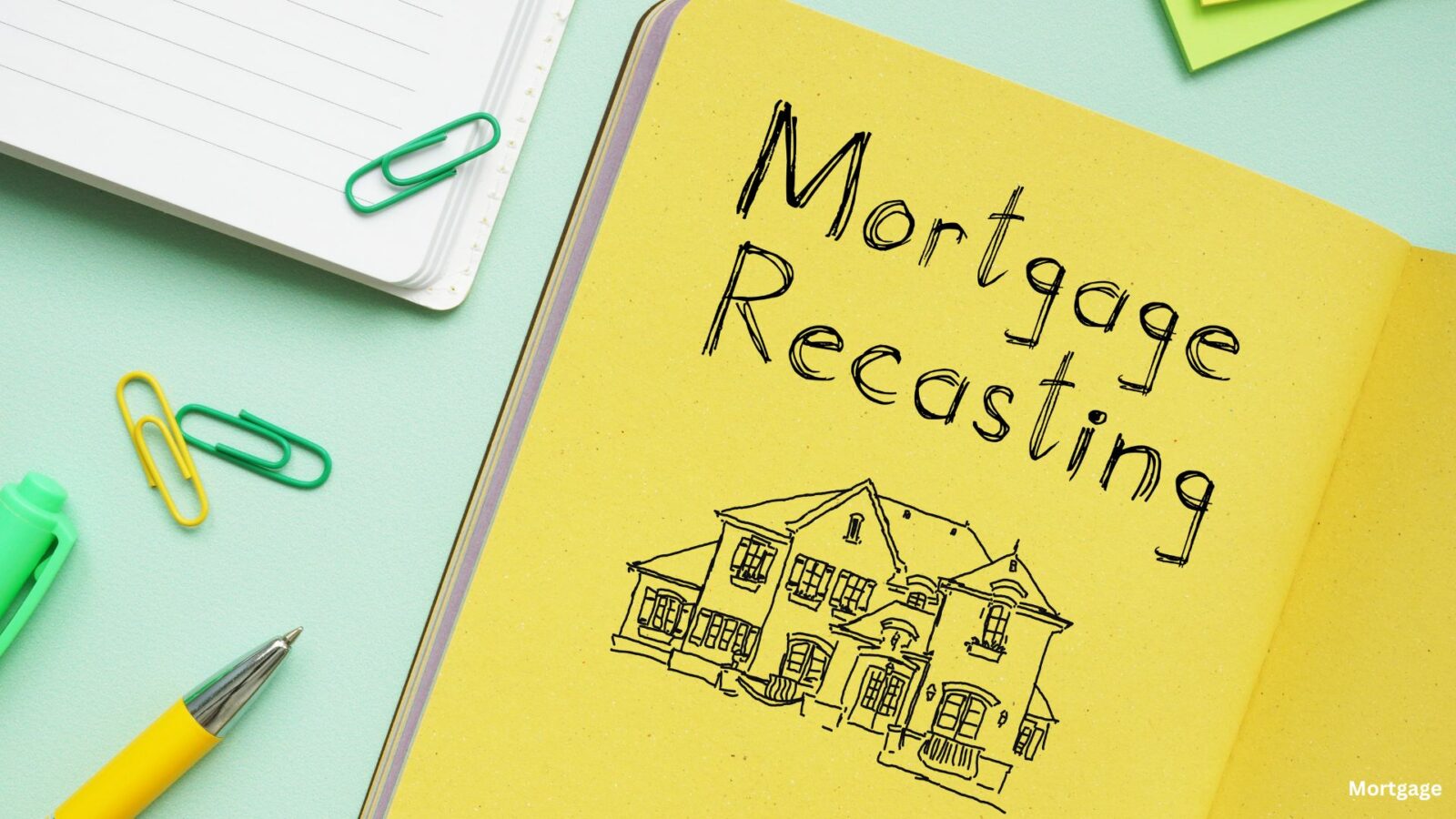When considering ways to manage your mortgage, one option that may come up is mortgage recasting. Mortgage recasting allows homeowners to pay a lump sum toward their mortgage balance to reduce their remaining monthly payments and overall interest. This option can be a more straightforward and cost-effective alternative to refinancing, depending on individual circumstances.

What is Mortgage Recasting?
Mortgage recasting is a process where a borrower makes a lump-sum payment toward the principal balance of their mortgage. The lender then recalculates the loan amortization based on the new, lower balance, which results in reduced monthly payments while maintaining the same interest rate and loan term. This differs from refinancing, where a new loan with new terms is created.
How Does Recasting a Mortgage Work?
To recast a mortgage, the borrower typically needs to meet certain criteria set by the lender. These criteria often include being in good standing with the mortgage payments and having a non-government-backed loan, as FHA, VA, and USDA loans usually do not qualify for recasting. The borrower must also make a substantial lump-sum payment, and a fee may be involved.
Once the lump-sum payment is made, the lender will reamortize the loan, spreading the remaining balance over the existing term with lower monthly payments. It’s important to note that the interest rate and the loan term remain unchanged.
Benefits of Mortgage Recasting
- Lower Monthly Payments: By reducing the principal balance, your monthly mortgage payments will decrease.
- Savings on Interest: Lowering the principal amount also reduces the total interest paid over the life of the loan.
- No Credit Check or Appraisal: Unlike refinancing, recasting typically doesn’t require a credit check or home appraisal.
- Keep Existing Terms: You can maintain your current interest rate and loan term, which can be advantageous if your existing rate is lower than current market rates.
Mortgage Recasting vs. Refinancing
While both mortgage recasting and refinancing can help reduce monthly payments, they serve different purposes and have different requirements:
- Refinancing involves obtaining a new loan with new terms, which can change the interest rate, loan term, and even provide cash out from the home’s equity. However, it usually incurs higher closing costs and requires a credit check and appraisal.
- Recasting keeps the original loan terms intact but recalculates the monthly payments based on a lower principal balance after a lump-sum payment. It usually involves a lower fee and does not require a credit check or appraisal.
How to Qualify for Mortgage Recasting
To qualify for mortgage recasting, you generally need to:
- Have a conventional mortgage (non-FHA, VA, or USDA).
- Make a significant lump-sum payment toward the principal balance.
- Be current on your mortgage payments and have a good payment history.
- Pay any required fees associated with the recasting process.
Calculating Your Mortgage Recast
To estimate your new monthly payment after recasting, you can use an amortization schedule calculator. For example, if you have a 30-year mortgage with a $200,000 balance at a 5% interest rate, your monthly payment is approximately $1,074. If, after 10 years, you pay a $50,000 lump sum, reducing the balance to $112,684, your new monthly payment would drop to around $744, saving you $330 per month.
Mortgage recasting is a valuable option for homeowners looking to lower their monthly mortgage payments without altering their interest rate or loan term. By understanding the process and requirements, you can decide if mortgage recasting is the right choice for your home.








